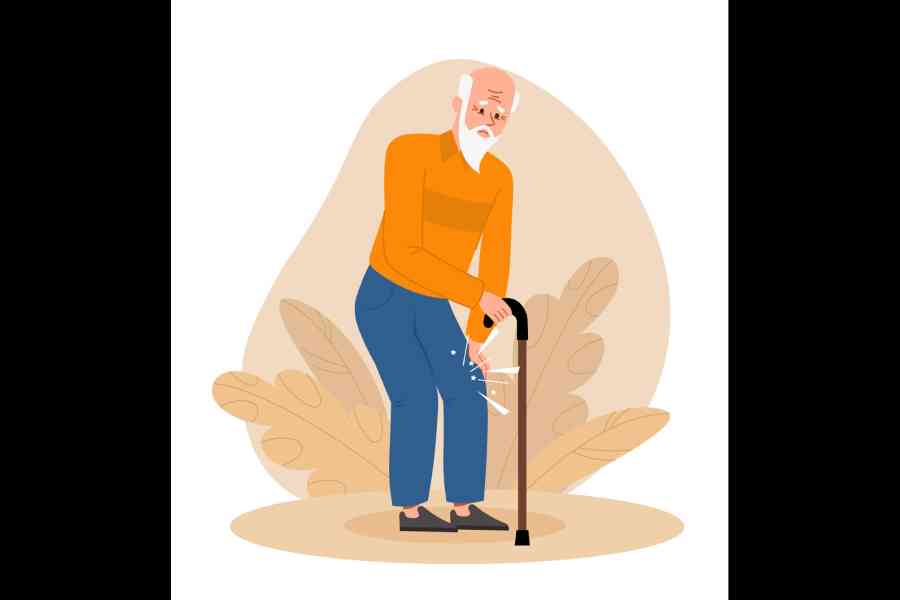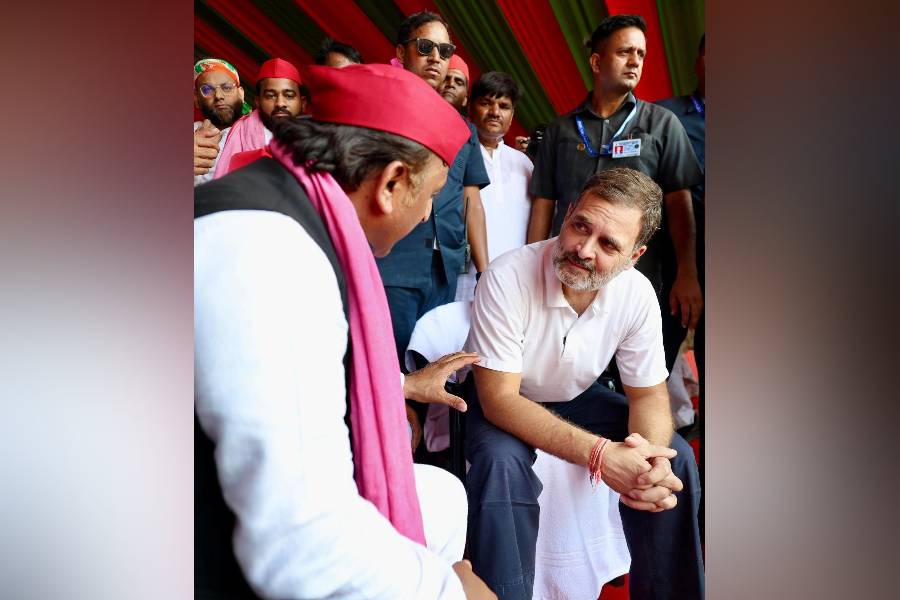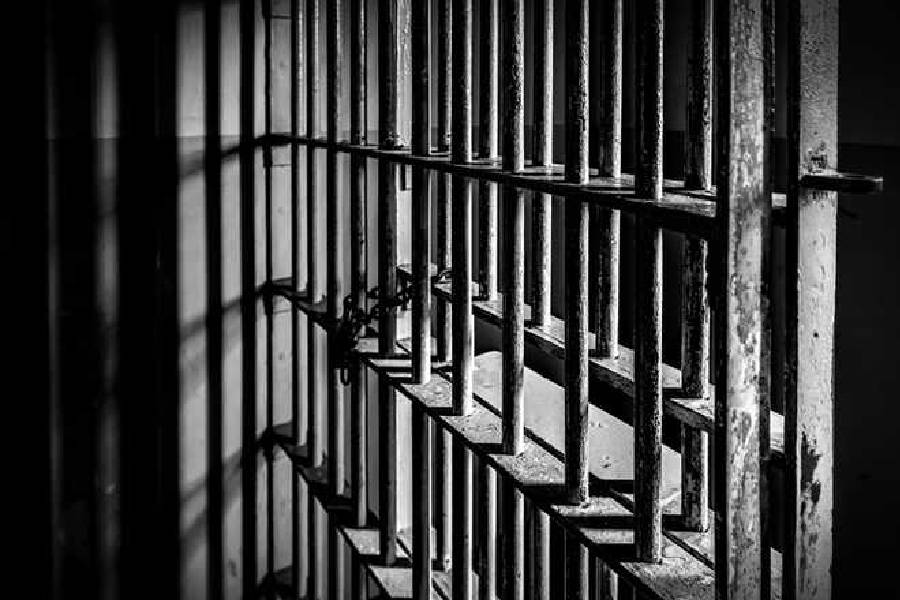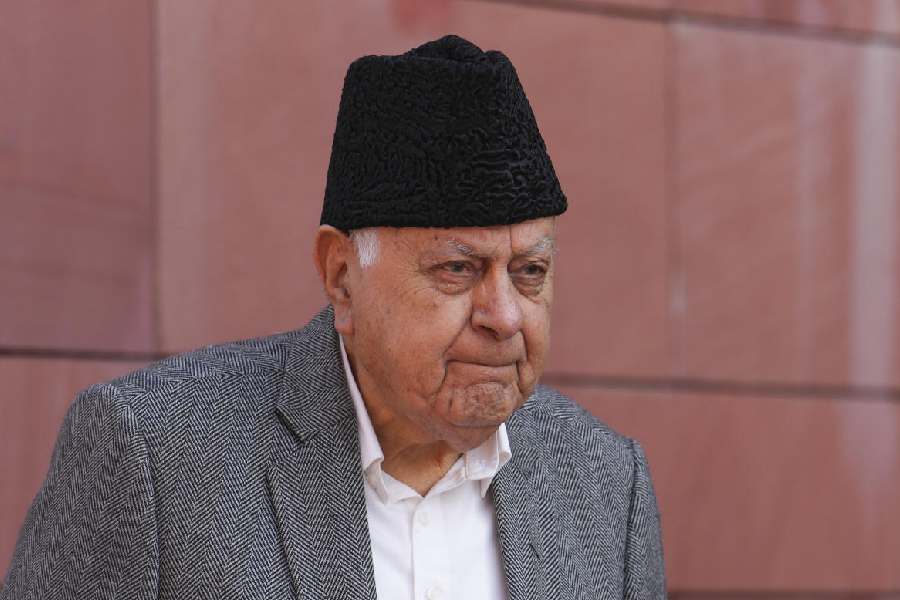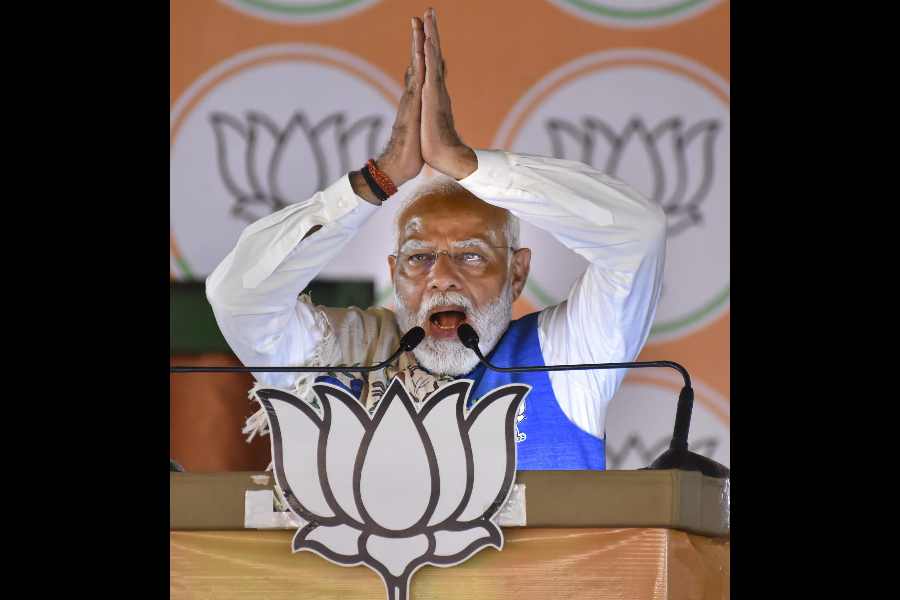Many senior citizens complain of aches and pains, of difficulty in getting up, walking fast and negotiating stairs. The Indian population as a whole is ageing. As people cross the age of 50, more are complaining of pain in the major weight-bearing joints, like the hip and the knee.
The pain occurs because as people age, and after a lifetime of constant use, the joints may wear out and degenerate. Major joints like the hip and knee wear out first. They bear the body’s weight and have bones articulating with each other. The ends of the bones are covered with smooth, protective, cushioning cartilage. On top of this, there is another covering called the synovium. It also secretes a lubricating fluid.
With age, the cartilage degenerates and becomes irregular and frayed. The covering synovial membrane also degrades. The protective fluid decreases, and the unprotected bones begin to rub against each other. The bone tends to become frayed. Nerve ends are exposed. Sometimes, new bones called spurs form. Bits of bone break off and remain in the joint space. They get stuck and “lock” the joint. Movement becomes excruciatingly painful.
Osteoarthritis is more common after the age of 50; women are more prone to develop it, especially if there is a family history, a congenitally abnormal joint, previous injury or surgery to the joint, or if the person is overweight. It also sets in earlier if there is repetitive overuse.
If osteoarthritis is suspected as the cause of the pain, a physical examination by a physician shows painful restrictions in the range of movement. There may be a crackling sound or crepitus, which can be heard and felt. X-rays and scans can be done to confirm the diagnosis. They show narrowing and irregularities of the joint space, formation of extra bones (spurs) or loose bits.
Don’t immediately decide to rest the affected joint. Immobility weakens the muscles that support the joint and hold it in place. Rest leads to more pain and worsening of the condition. A physiotherapist can teach appropriate exercise. Gentle exercises like walking, swimming or cycling strengthen muscles and are not weightbearing. Weak muscles are dangerous as they can cause loss of balance and a fall.
It is better to use a cane for support if you have arthritis. Many people consider it a stigma. It is better than a fall and fracture.
Weight loss with a calorie-restricted diet is essential.
A capsaicin-containing ointment can be applied to the joint, followed by heat or cold compresses depending on what works for you. The compress may be applied as often as every two hours.
Medications prescribed are usually paracetamol and NSAIDs like ibuprofen. Sometimes, cartelamine, glucosamine and chondroitin may be prescribed to increase joint lubrication. Corticosteroids may be given for immediate relief. Corticosteroids have a lot of side effects if used long-term. Injections into the joints may provide relief but the pain recurs after a few months, requiring repeated injections.
Osteoarthritis is a long-term chronic disease. Doctor shopping in search of an immediate cure will not be successful.
Surgery to replace the damaged joint with metal, plastic or ceramic parts should be considered only as a last resort. Pre and post-operative physiotherapy to strengthen the muscles is essential. Post-operative complications can include infection, bleeding and blood clots. After surgery, the length of the two joints may no longer be identical, leading to changes in gait, which may eventually damage other joints.
Recovery can take months. Physical therapy has to continue to strengthen the muscles and hold the joint in place. Even though the pain eventually improves, some movements may be restricted.
Surgery should be a last resort.
The writer has a family practice at Vellore and is the author of Staying Healthy in Modern India. If you have any questions on health issues please write to yourhealthgm@yahoo.co.in

